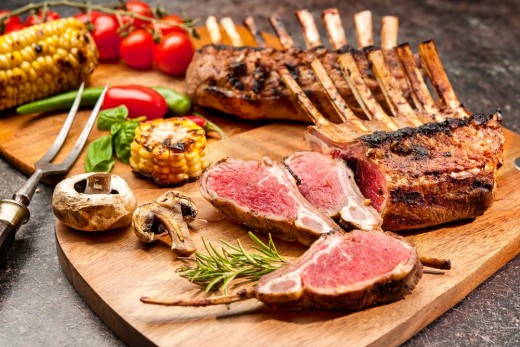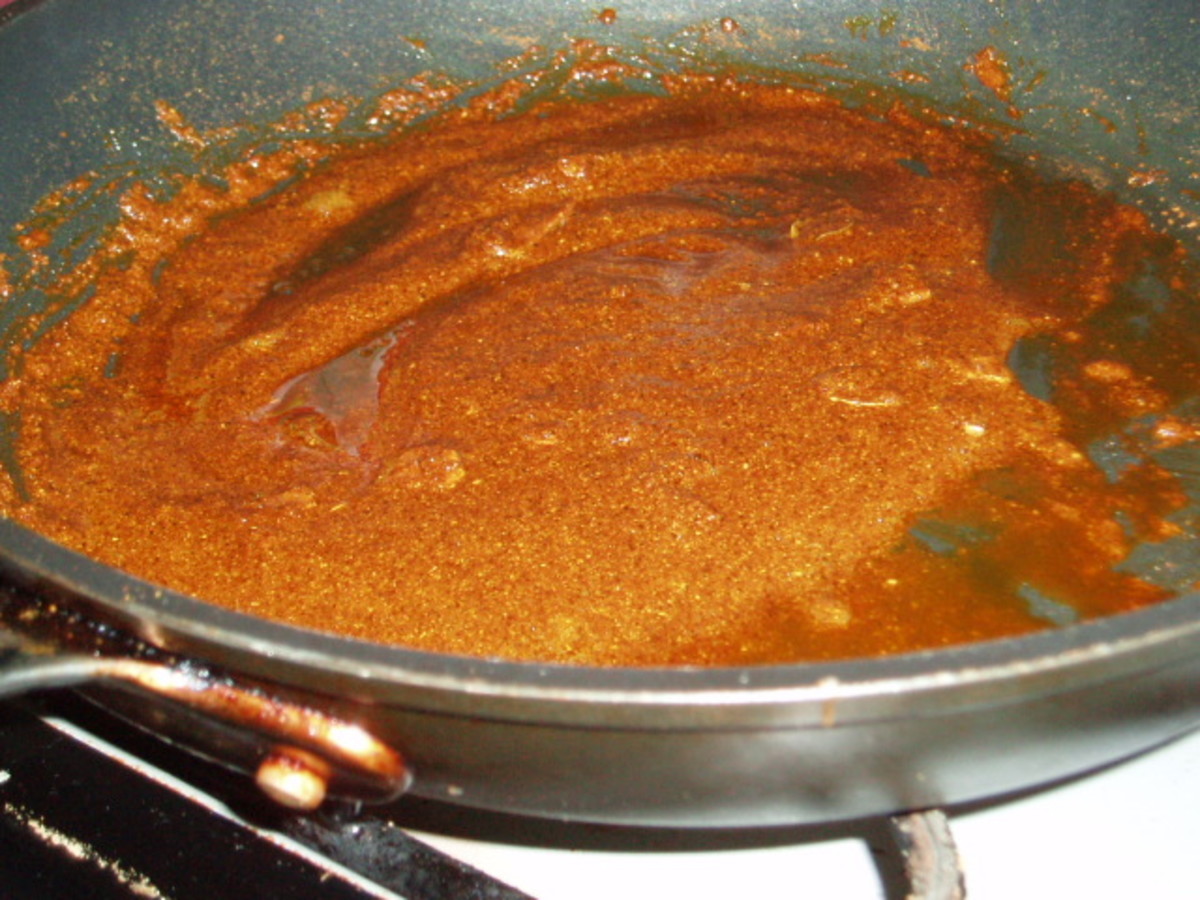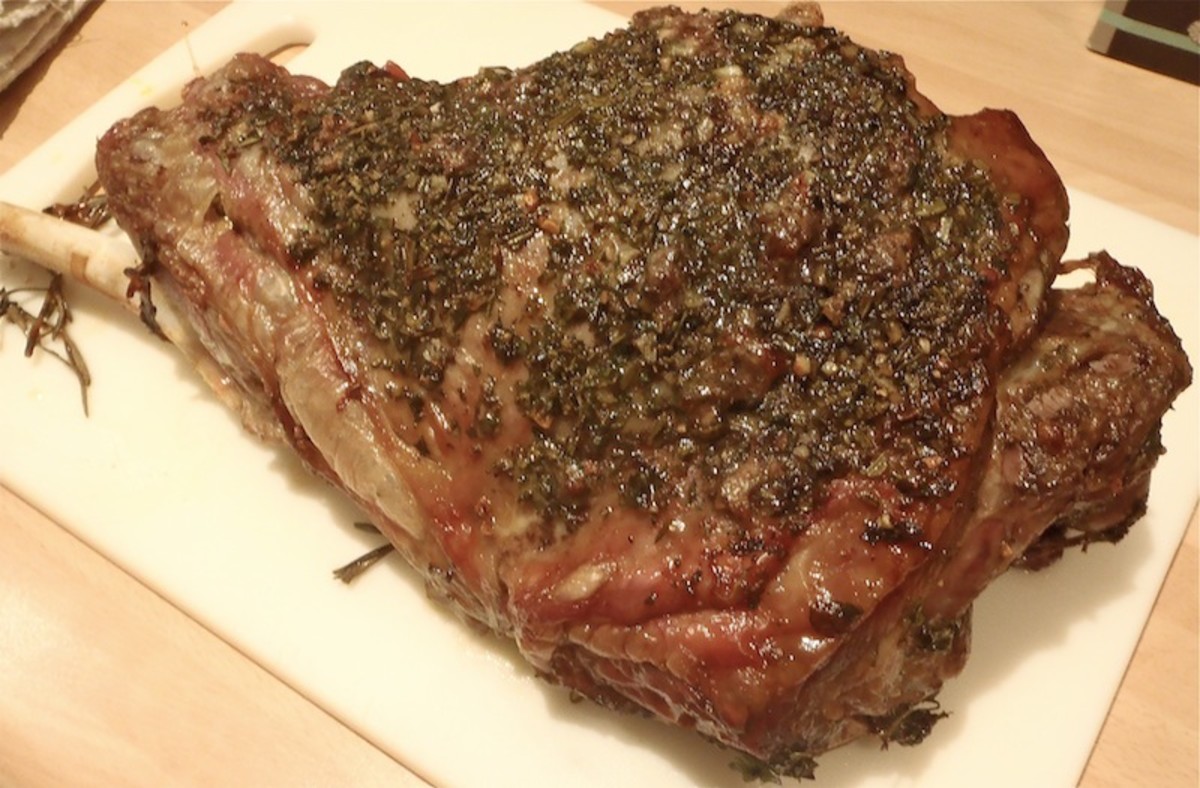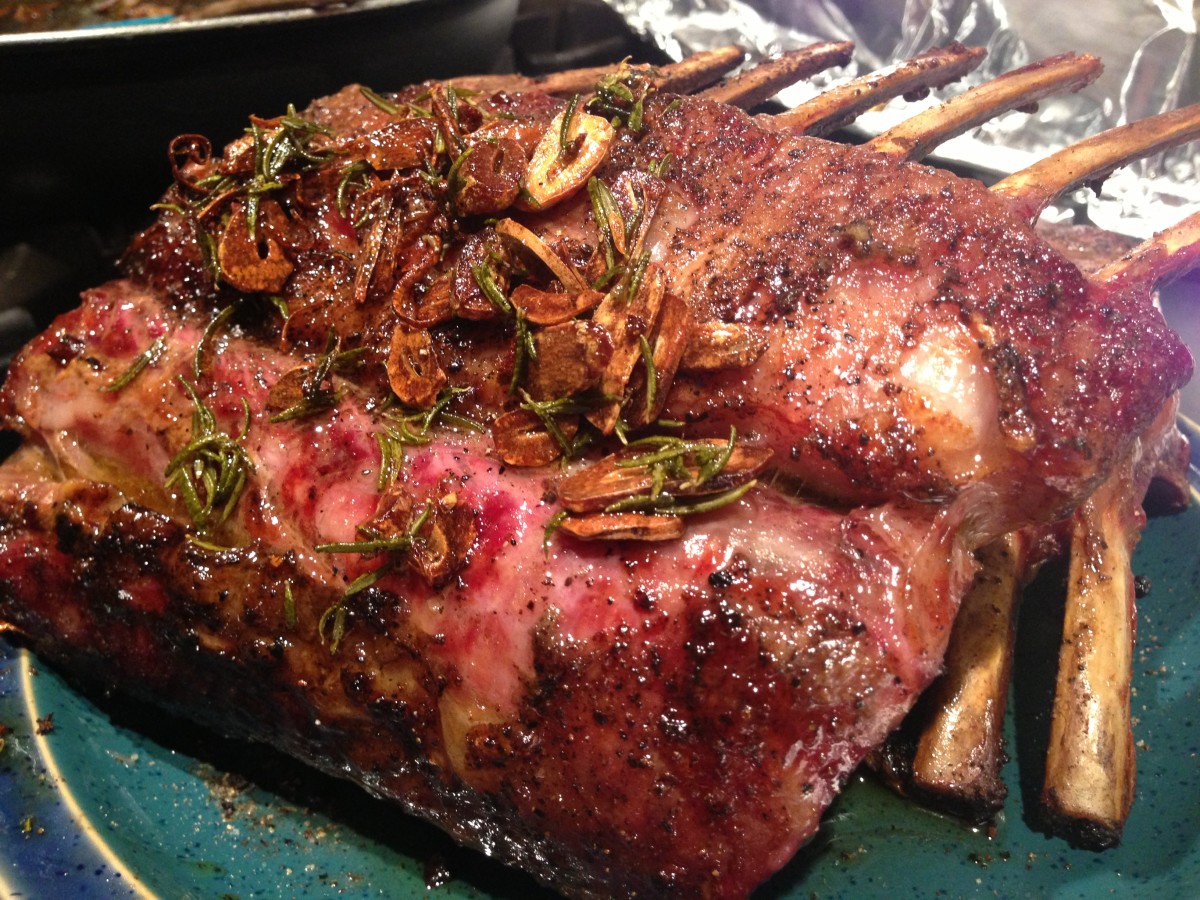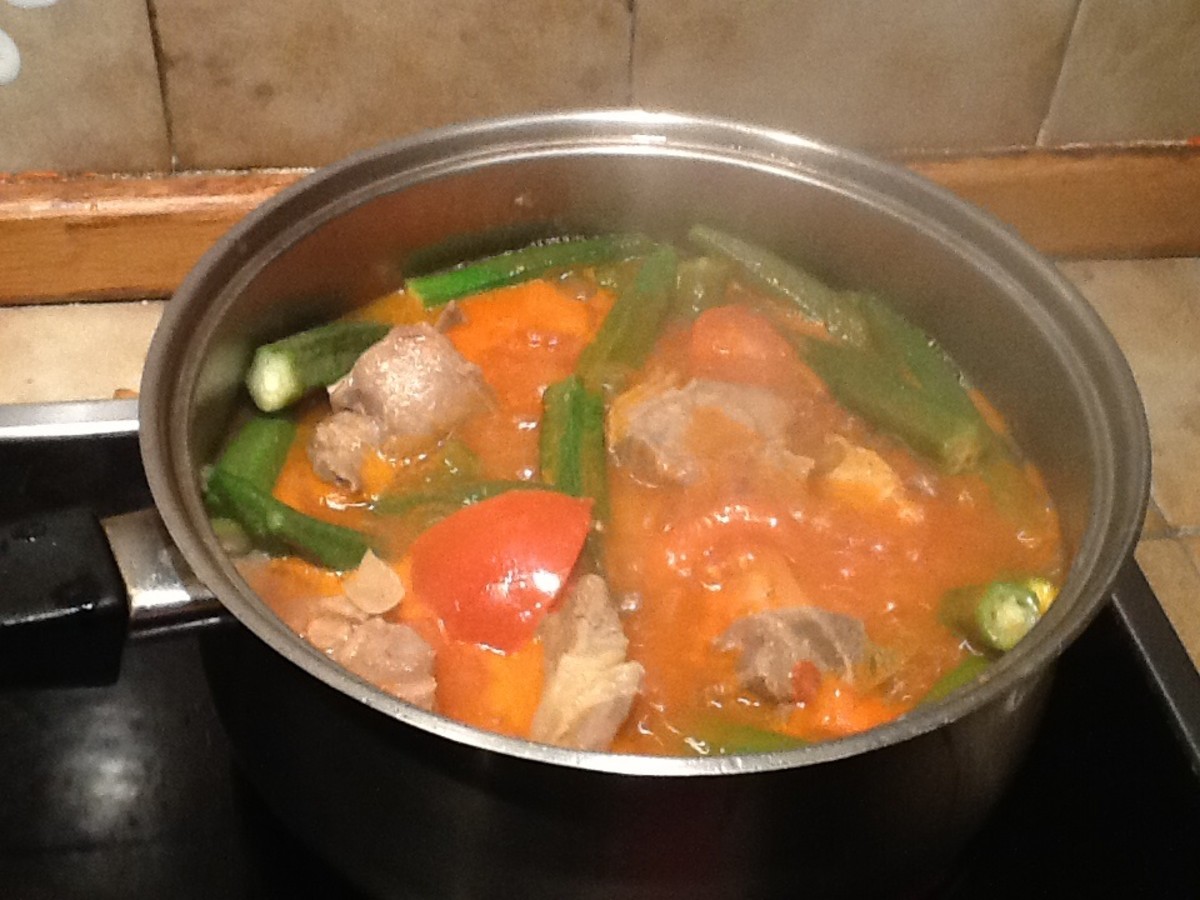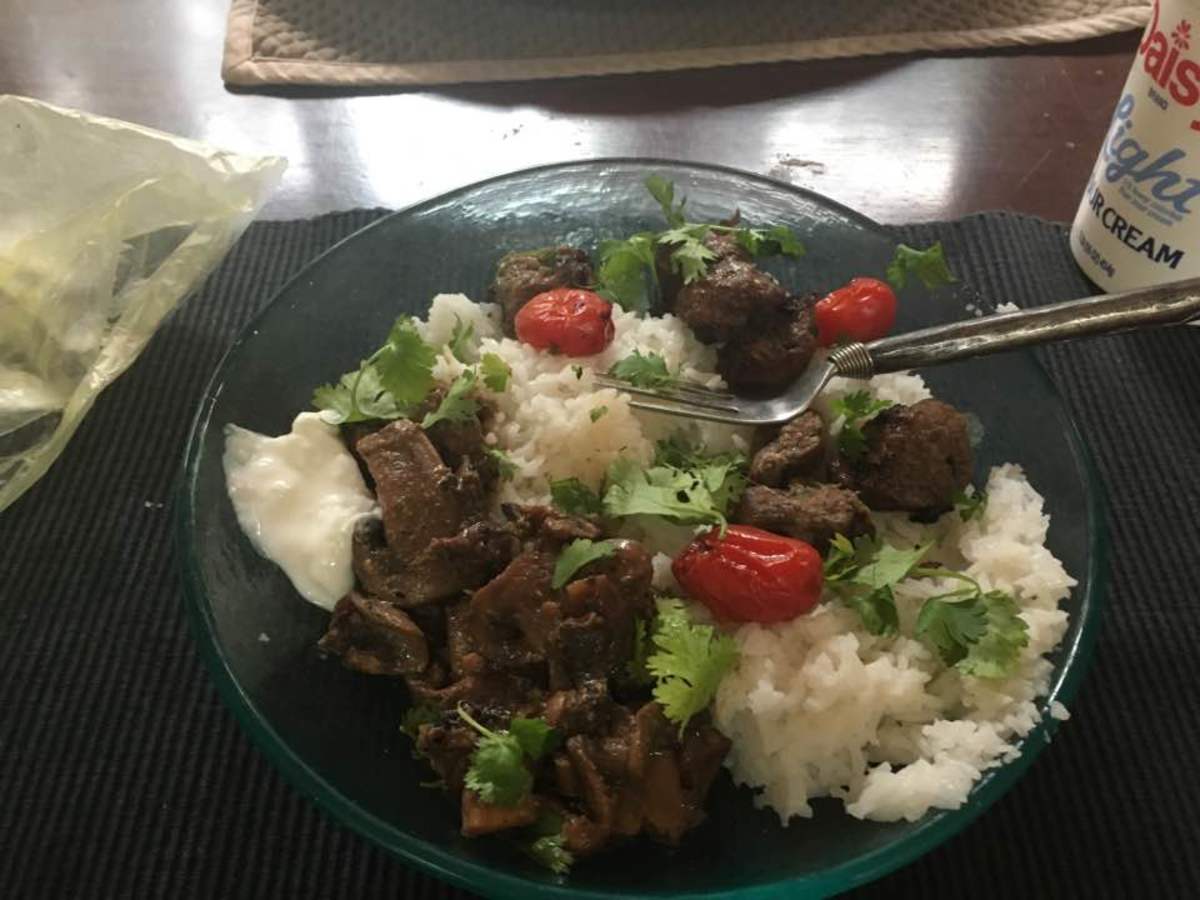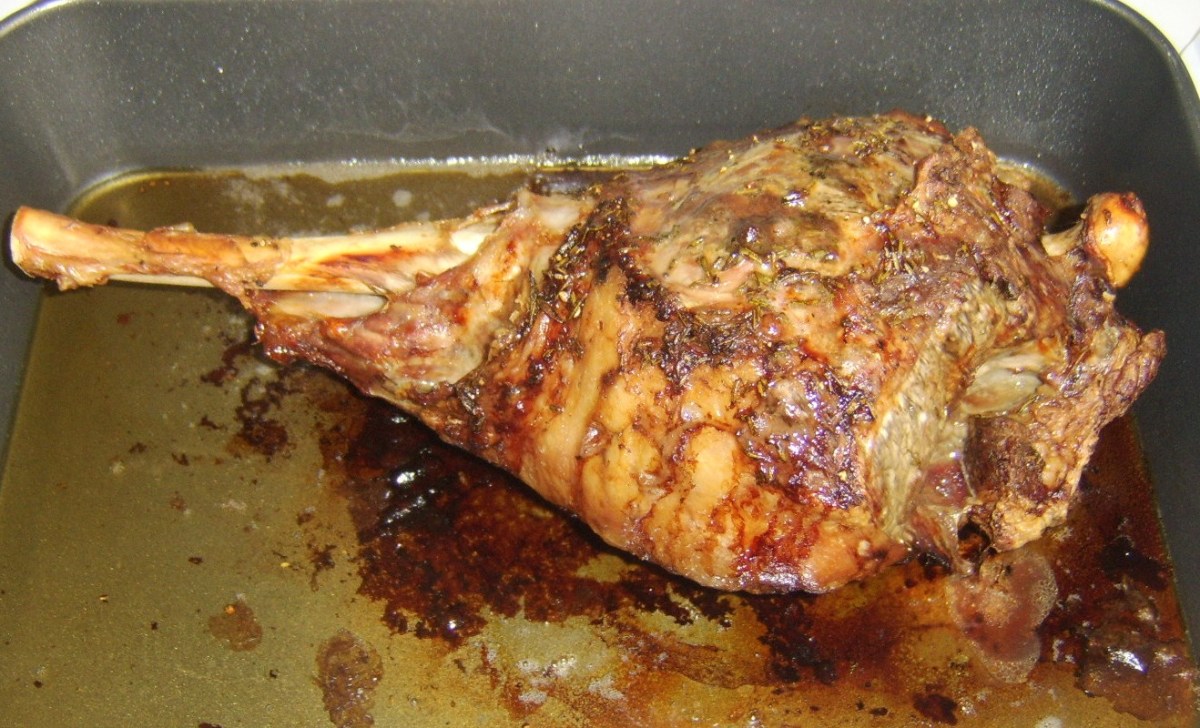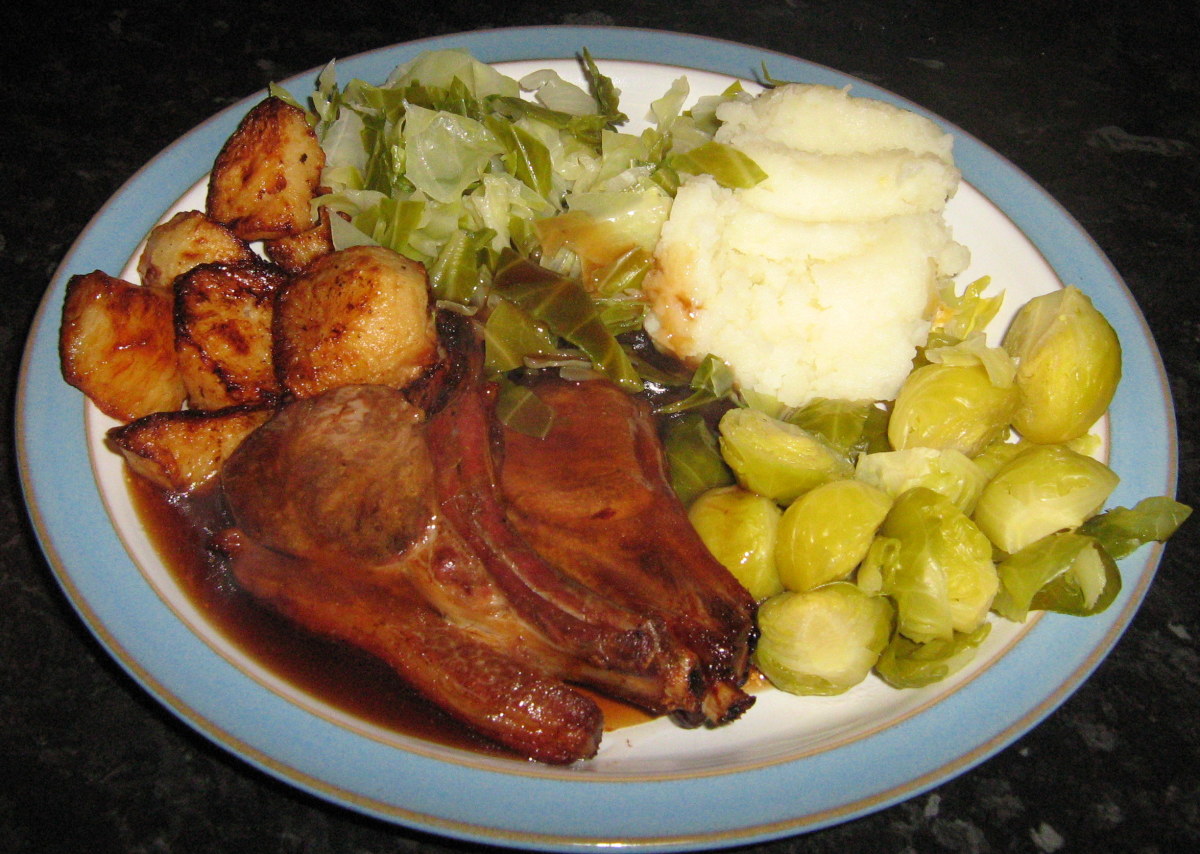Perfectly Cooked Lamb Made Easy at Home
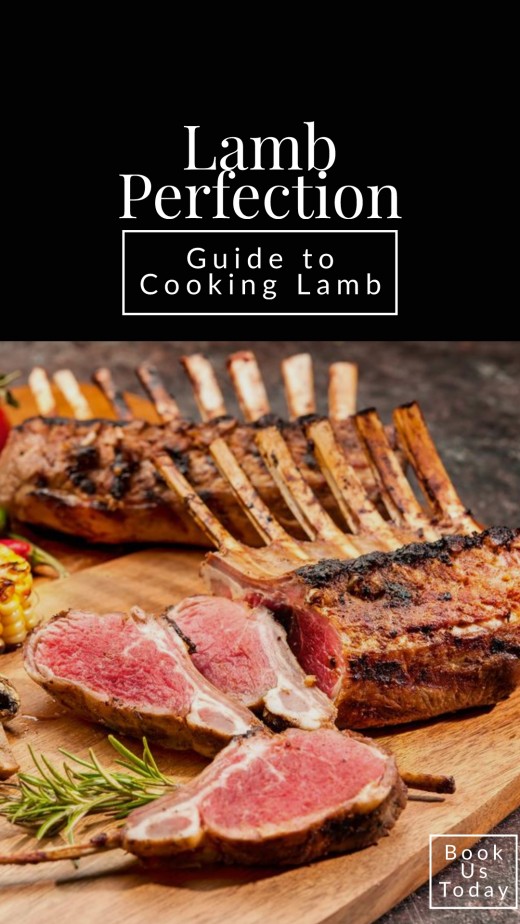
A Brief History
Live sheep, younger than one years old, is what is we know as Lamb. Mature ram, also called "ewe," are at least one years old. They are what we know as "Mutton." If the meat of sheep is between 12 and 20 months old, they are called "yearling mutton." Baby lamb meat is at least six to ten weeks old and spring lamb is five to six months old.
The main countries that consume mutton or lamb are New Zealand, Greece, Australia, Ireland & Uruguay.
Lamb is mild in flavor which makes it more prefered in western countries verses the preference of mutton in Middle Eastern countries. The color of the meat deepens as the animal ages. In the lamb it is a light to dark pink color and in yearling mutton it is a medium pink to light red color. Mutton it is light to dark red in color.
In the United States the animal is butchered in half or cut straight across into saddles. Other cuts are loin, breast, shank, leg, or shoulder. U.S. quality cut grades for lamb are prime, choice, good, utility, and cull. Mature mutton are not graded prime. They are graded as choice, good, utility, and cull.
Picking the Perfect Cut
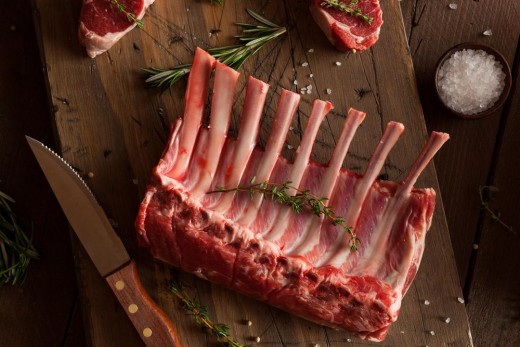
The Perfect Cut For Preparation
Leg of Lamb & Shank
Leg of lamb come in various sizes and on average, the leg weighs between 6 to 10 pounds. Butchers twine is needed for boneless leg of lamb. A bone-in leg does not need twine.
The lamb shank comes from the lower portion of the leg and has more connective tissue. This means it needs a longer cooking time to break down the tissue. Shanks are best braised with red wine or stock.
Loin (Roast & Chops)
The loin roast is considered to be the most tender of all cuts of lamb. The loin can be used as a roast or cut into smaller steaks. Grilling or roasting, does these cuts justice. Herbs such as thyme, sage or rosemary complement this cut.
The Top Round
This cut is a meatier portion of the upper leg muscle. It is very tender. This cut is most commonly used for steaks, or cut into cubes for kebabs.
Breasts & Ground Lamb
The breast meat contains a good amount of cartilage and connective tissue. A low and slow cooking process works well for this cut. Ground lamb meat typically comes from the breast and shoulder. Ground lamb can be treated the same way as any other grounded meat. You can cook and crumble it for spaghetti, make burgers, or use as meatballs.
Rib (Rack, Rib Chop & Crown Roast)
The rib includes the the popular rack of lamb cut. Rib chops and crown roasts are great for presentation. A rack of lamb containing 8 ribs.
Vacuum Seal For Intense Flavor
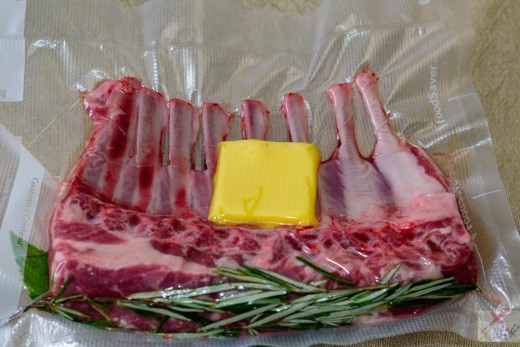
Sous Vide Perfection
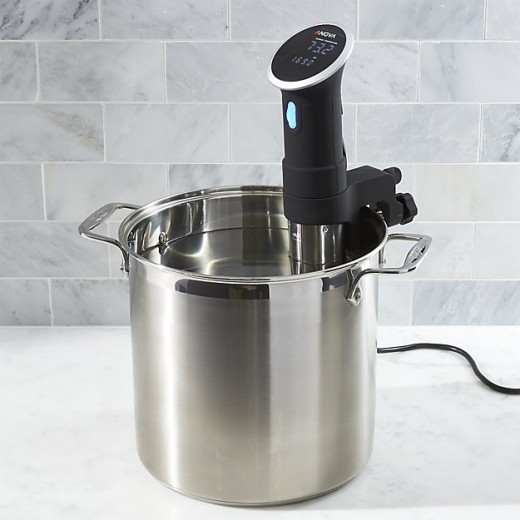
Temperature and Timing Chart for Lamb Rack
Smaller New Zealand and Australian lamb needs a minimum of 45 minutes. For larger American lamb, minimum of 1 hour is needed. Lamb rack cooked under 130°F / 54.4ºC should not be cooked longer than 2 1/2 hours.
- Very Rare to Rare
- 115°F / 46°C to 124°F / 51°C
- 1 to 2 1/2 hours
- Medium-rare
- 125°F / 52°C to 134°F / 57°C
- 1 to 4 hours (2 1/2 hours max if under 130°F / 54°C)
- Medium
- 135°F / 57°C to 144°F / 62°C
- 1 to 4 hours
- Medium-well
- 145°F / 63°C to 154°F / 67°C
- 1 to 4 hours
- Well done
- 155°F / 69°C and up
- 1 to 4 hours
Sear in Cast Iron Skillet to Finish
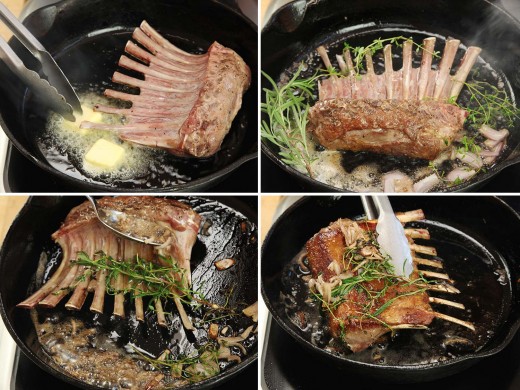
Golden Brown Sear
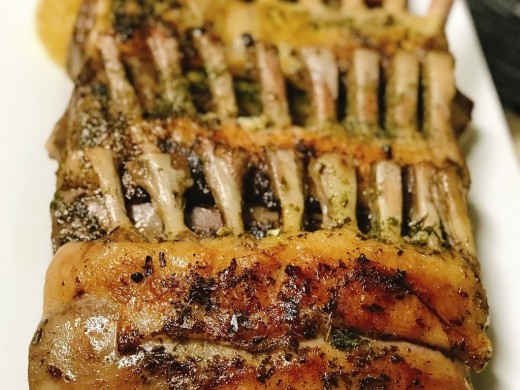
Cook Time
Ingredients
- 2 each rack of lamb(8 rib rack)
- 4 tablespoons unsalted butter
- 2 tablespoons vegetable oil or olive oil
- 1/2 bunch fresh thyme, rosemary, whole sprigs
- 2 tablespoons kosher salt
- 1 teaspoon black pepper
- 1 tablespoon each shallot & garlic, minced
Instructions
- Add water to your pot without exceeding max fill line on Precision Cooker. Pre-heat your Precision Cooker(sous vide machine) to your desired final temperature according to Lamb Temperature Guide. Allow the water bath to come to temperature before adding your lamb. Season the lamb rack generously with salt and pepper on all sides. Place lamb in vacuum bags. Add half the fresh herbs, and half the butter. Seal the bag either using a vacuum-sealer, foodsaver or, if using a zipper-lock bag, by using the water displacement method. To do it, seal the zipper almost all the way, leaving about an inch open. Next, slowly lower your bagged lamb into a tub of water. The pressure of the water should press air out through the top of the bag. Use your hands to help the air out. Once the air is out of the bag, seal the bag without removing it from water bath. Drop the bag in the water bath; it should sink if sealed properly. Cook according to your preferred level of doneness using the temperature guide
- Remove the lamb from the bag and place it on a paper towel-lined container. Pat it dry very lightly on both sides. Place a heavy cast iron or stainless steel skillet over medium high heat. Turn on your vents and crack a window. When skillet is very hot & smoking, add one tablespoon of vegetable oil, add the lamb fat cap side down (bones facing up). Do not crown the pan. If your pan is not large enough, work in batches. Add a tablespoon of butter, swirling the pan to let it melt.
- Add the remainder fresh herb sprigs, shallots and garlic. Sear the lamb on all sides basting the lamb with the flavored butter by tilting the skillet towards you and spooning the collected fat on top of the lamb using a large spoon. When the fat cap side of lamb is golden brown (1 minute), turn the lamb and brown the other side with the same technique. Remove the lamb to a roasting rack or baking sheet. Let it rest for 10 minutes before slicing.
- Transfer the cooked lamb to a cutting board.hold the rack upright using the bones as a handle. Slice in between every 2 ribs using a sharp knife. Guide the knife down the joint between the vertebrae as you reach the bottom Careful not to force it.
- Serve 4 ribs per person.
Let the meat rest before slicing
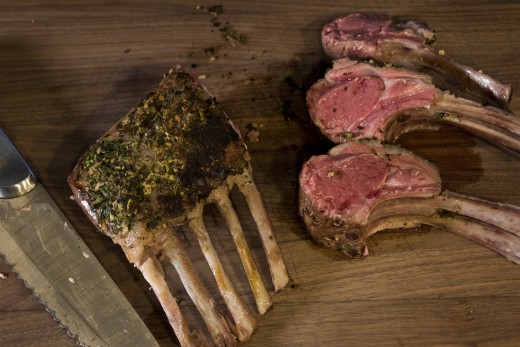
Serve With Accompaniments
